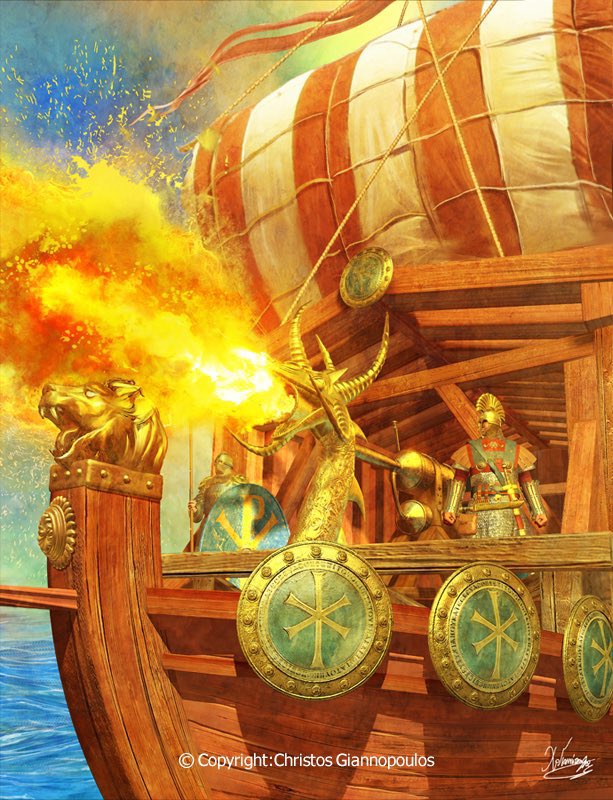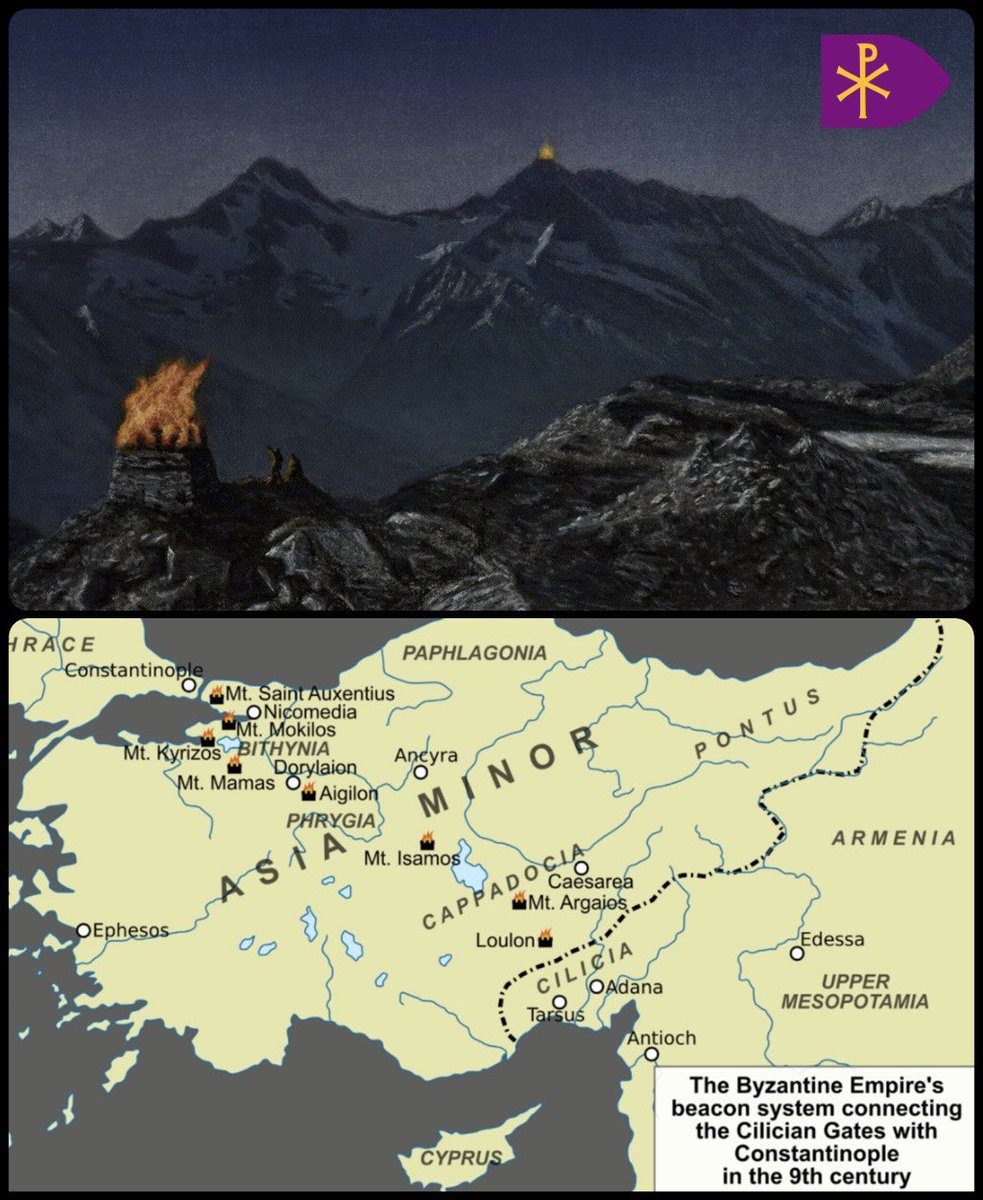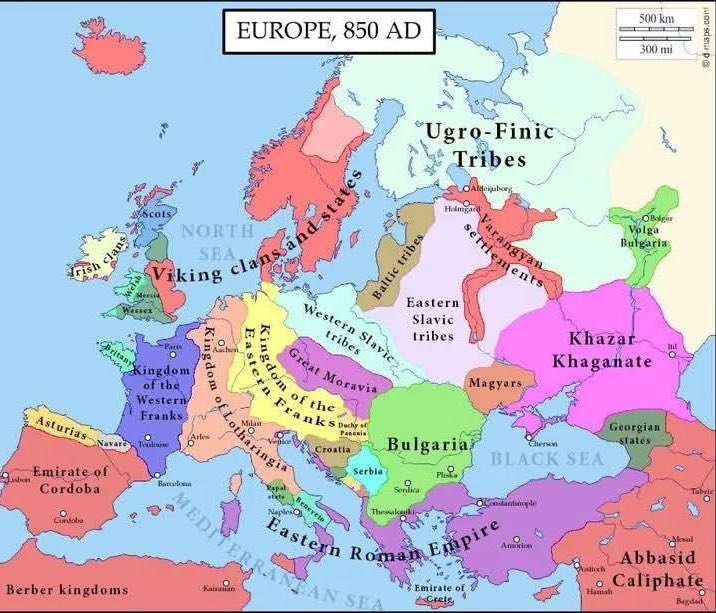“In the days of Justinian, ships around Constantinople were terrorized for over 50 years by a whale whom locals called Porphyrios, presumably from the dark-wine color of its skin.”
The angry whale sank ships and terrified others.
It was like the “Jaws” of the Roman Empire!
🧵🧵
The angry whale sank ships and terrified others.
It was like the “Jaws” of the Roman Empire!
🧵🧵
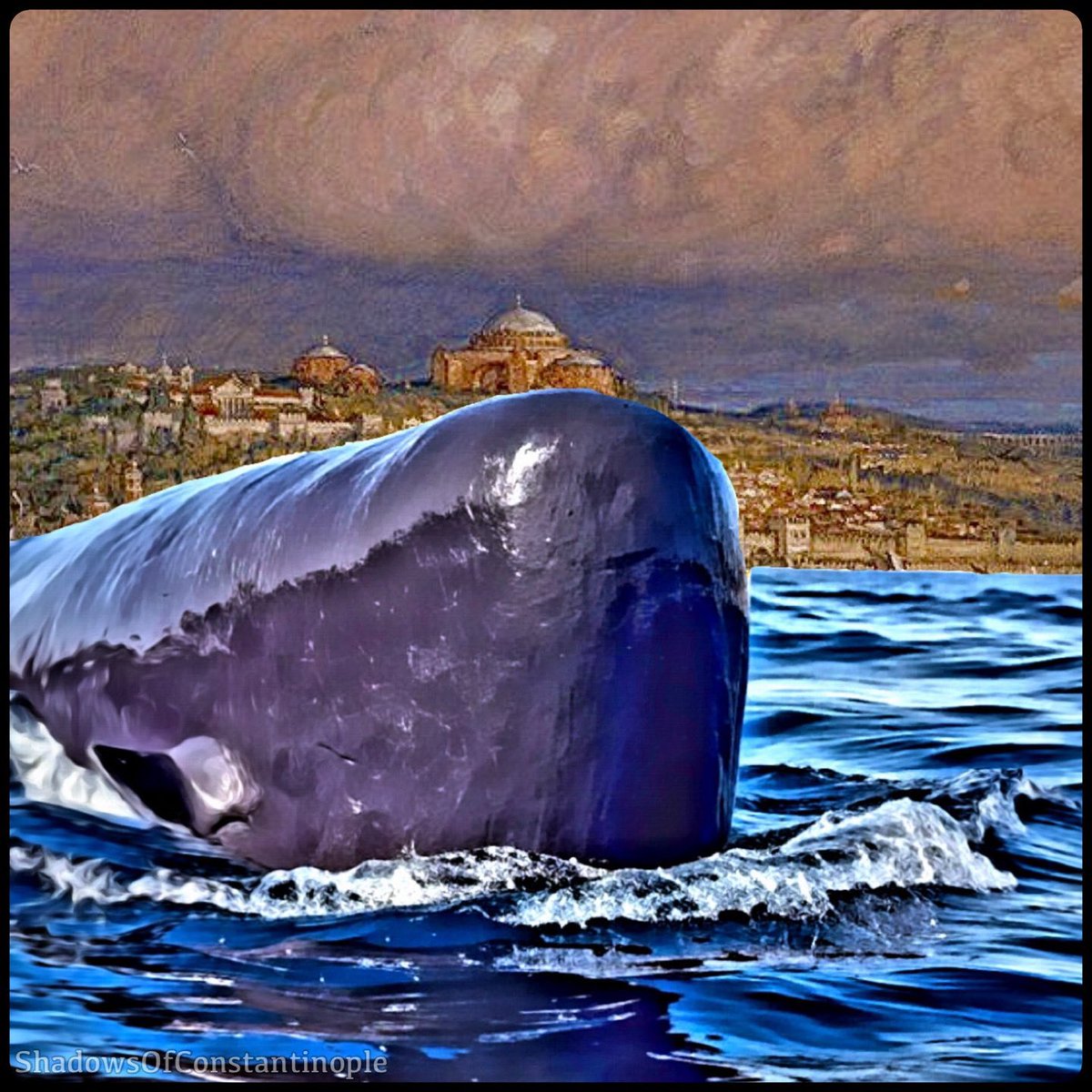
Prokopios described the beast: “the whale, which the residents of Byzantion (Constantinople) called Porphyrios…had harassed Byzantion and its surroundings for over 50 years, but not continuously, for sometimes it would disappear for long periods of time.” 

“The Emperor Justinian made it a priority to capture the beast, but he could find no way by which to accomplish this.”
Justinian normally figured out a way to solve problems, but this one proved too much.
Justinian normally figured out a way to solve problems, but this one proved too much.

The whale inspired fear, “forcing ships to make great detours from their course.” The thing allegedly even hunted dolphins and ate them!
However, eventually the whale met its end chasing those dolphins!
However, eventually the whale met its end chasing those dolphins!

“One day it began to chase and eat some dolphins, but it ran aground in the mud and got stuck. The locals came out with axes and cut it into to pieces. Some of the locals began to eat it on the spot; while others took away their portion to cure (Prokopios, Wars 7.29.16).” 

The whale was very large. The people dragged it out of the mud with ropes after having attacked the whale with axes.
Then the locals measured it - “placing it on wagons, they found its length to be more than thirty cubits and its width ten cubits.”
Then the locals measured it - “placing it on wagons, they found its length to be more than thirty cubits and its width ten cubits.”
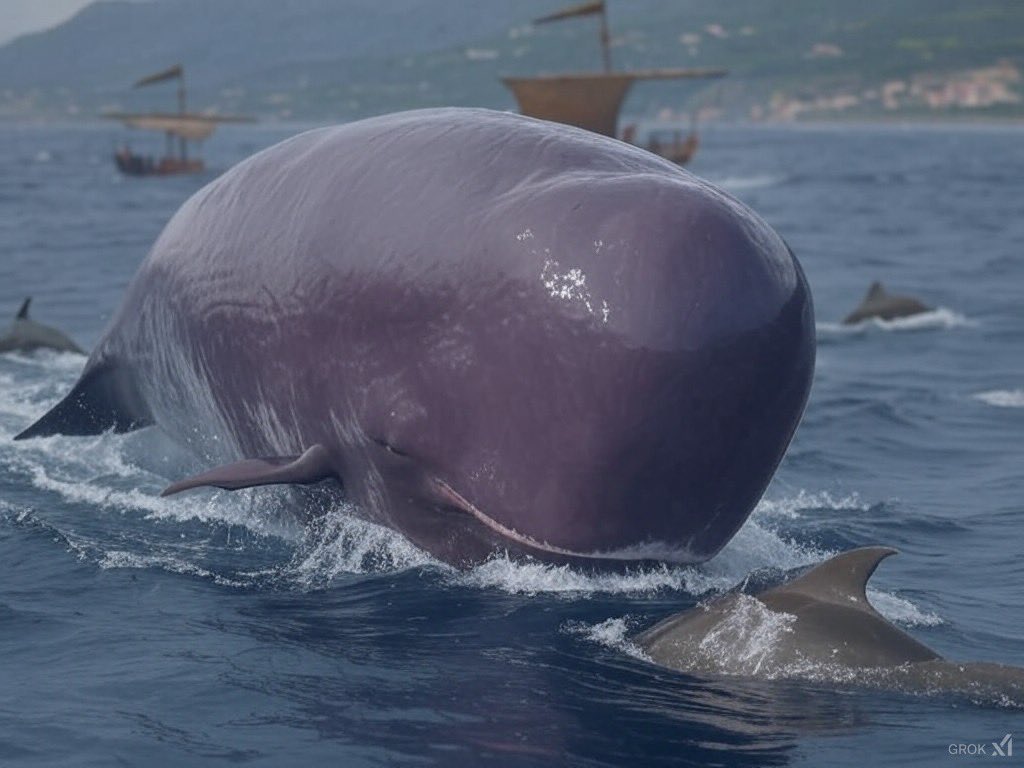
One can imagine a whale would have been quite the intimidating threat for sailors, even anxiety that it might occur would be a fear. Perhaps rumors circulated at the ports, for example.
Sources:
A Cabinet of Byzantine Curiosities: Strange Tales and Surprising Facts from History's Most Orthodox Empire
Source: The Wars of Justinian (Hackett Classics)
amzn.to/3KPO6sH
A Cabinet of Byzantine Curiosities: Strange Tales and Surprising Facts from History's Most Orthodox Empire
Source: The Wars of Justinian (Hackett Classics)
amzn.to/3KPO6sH
• • •
Missing some Tweet in this thread? You can try to
force a refresh




